Elementary School Programs
Remember, although the programs are designed for specific grade levels, they can be modified to accommodate students of any age.
Program lengths can also be modified to fit class times as needed.
Make your reservation by calling 336.758.5282 or emailing lammuseum@wfu.edu.
You can navigate by clicking the buttons below or by scrolling.
Kindergarten
Culture around the World (Units 3, 4 & 5)
Every culture is distinct and unique. Each of these programs will use a mix of images, artifacts, storytelling, and hands-on activities to introduce students to the language, religion, music, art, food, and traditions of cultures from around the world.
Time required: 1 to 1.5 hours depending on group size
Standards: K.B.1.1, K.B.1.3, K.G.1.1, K.G.1.2, K.G.1.3, K.G.2.1, K.G.2.2, K.H.1.1, K.H.1.2, K.H.1.3
Choose one of the following cultures. Programs with two or more cultures will be modified for time. Other cultures available upon request.
.
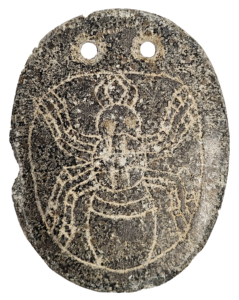
Indigenous Peoples of the United States
Using images, hands-on artifacts, and storytelling students will be introduced to various Indigenous peoples across the United States. Children will make their own spider gorget.
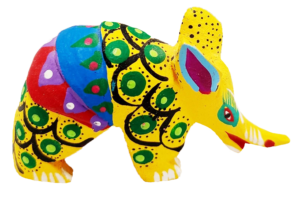
Mexico
Students will be introduced to the rich cultures of Mexico through images, video clips, and hands-on artifacts. They will have a chance to dance and make a mask.
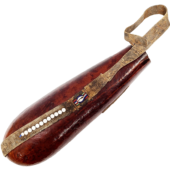
Kenya
Using images, hands-on artifacts, and activities like playing instruments and testing a neck rest, students will be introduced to Kenya. They will make a safari animal.
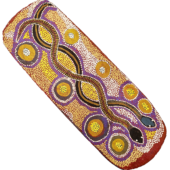
Australia
Students will be introduced to Australia through images, hands-on artifacts, video clips, and storytelling. Students will make a kangaroo or a dot artwork.
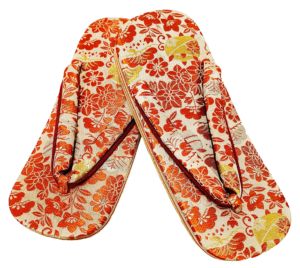
Japan
Using images, hands-on artifacts, and activities like games and origami, students will be introduced to Japan.
First Grade
Tour around the World (Units 2, 3, & 4)
The diversity of people, cultures, and environments around the world is what makes them interesting. Each of these programs will use a mix of discussion, images, artifacts, hand-on activities, and stories to allow students to compare how food, housing, clothing, language, music, and traditions in other countries are similar and different from their own.
Time required: 1.5 hours
Standards: 1.B.1.1, 1.B.1.2, 1.B.1.3, 1.B.1.4, 1.C&G.1.1, 1.C&G.1.3, 1.C&G.1.4, 1.E.1.4, 1.G.1.1, 1.G.2.1, 1.G.2.2, 1.H.1.1, 1.H.1.2
Choose one of the following cultures. Programs with two or more cultures will be modified for time. Other cultures available upon request.
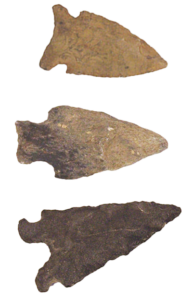
Indigenous Peoples of North Carolina
Using images, hands-on artifacts, storytelling, and activities like games and playing instruments, students will experience what it was like to be part of an indigenous family. Program concludes with a discussion of modern Indigenous peoples in North Carolina. Please be aware that one activity option for this program involves nuts.
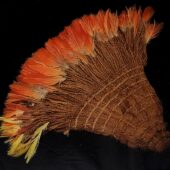
Brazil
Students will be introduced to the Amazon rainforest and the rich cultures of Brazil through images, video clips, storytelling, and hands-on artifacts. Students will make a carnival mask.
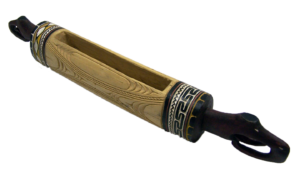
New Zealand
Using discussion, images, video clips, and hands-on artifacts students will learn about the Maori culture of New Zealand and how it has been influenced by the British. Students will learn a haka.
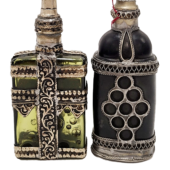
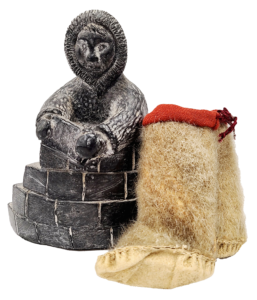
First Nation Peoples of Canada
Through discussion, images, and hands-on artifacts students will learn about the First Nations peoples of Canada. Students will make snow googles or igloos.
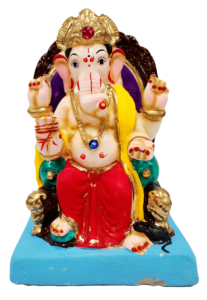
India
Students will learn about the diversity of India through discussion, images, video clips, storytelling, and hands-on artifacts. Students will dance and make turtles.
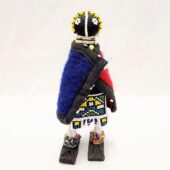
South Africa
Using images, hands-on artifacts, and activities like playing instruments and testing a neck rest, students will be introduced to South Africa and why it is called the Rainbow Nation.
Second Grade
Early Indigenous Peoples (Unit 4)
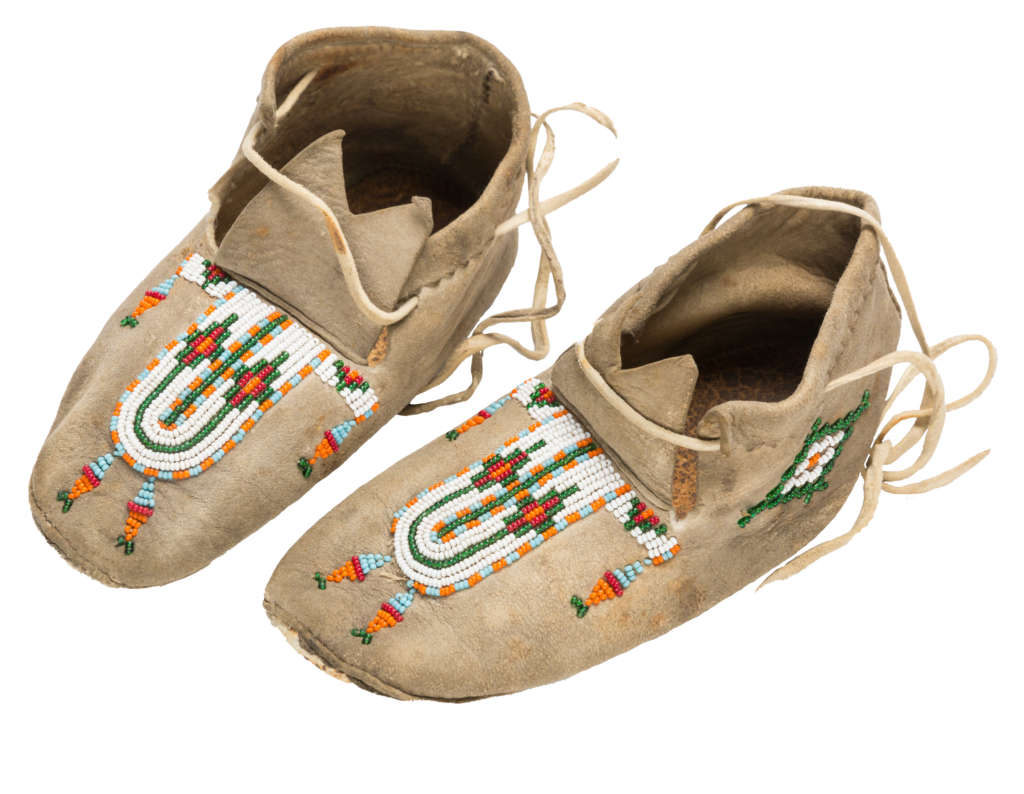
Millions of Indigenous and First Nations peoples populated the North American continent before Europeans arrived. Images, artifacts, and hands-on activities will introduce students to the diversity of indigenous cultures. Discussion of modern Indigenous and First Nations peoples is a part of this program.
Time required: 1.5 hours
Standards: 2.B.1.1, 2.B.1.2, 2.G.1.1, 2.G.1.2, 2.G.1.3, 2.H.1.1, 2.H.1.2
Third Grade
Indigenous Peoples of the Piedmont (Unit 2)
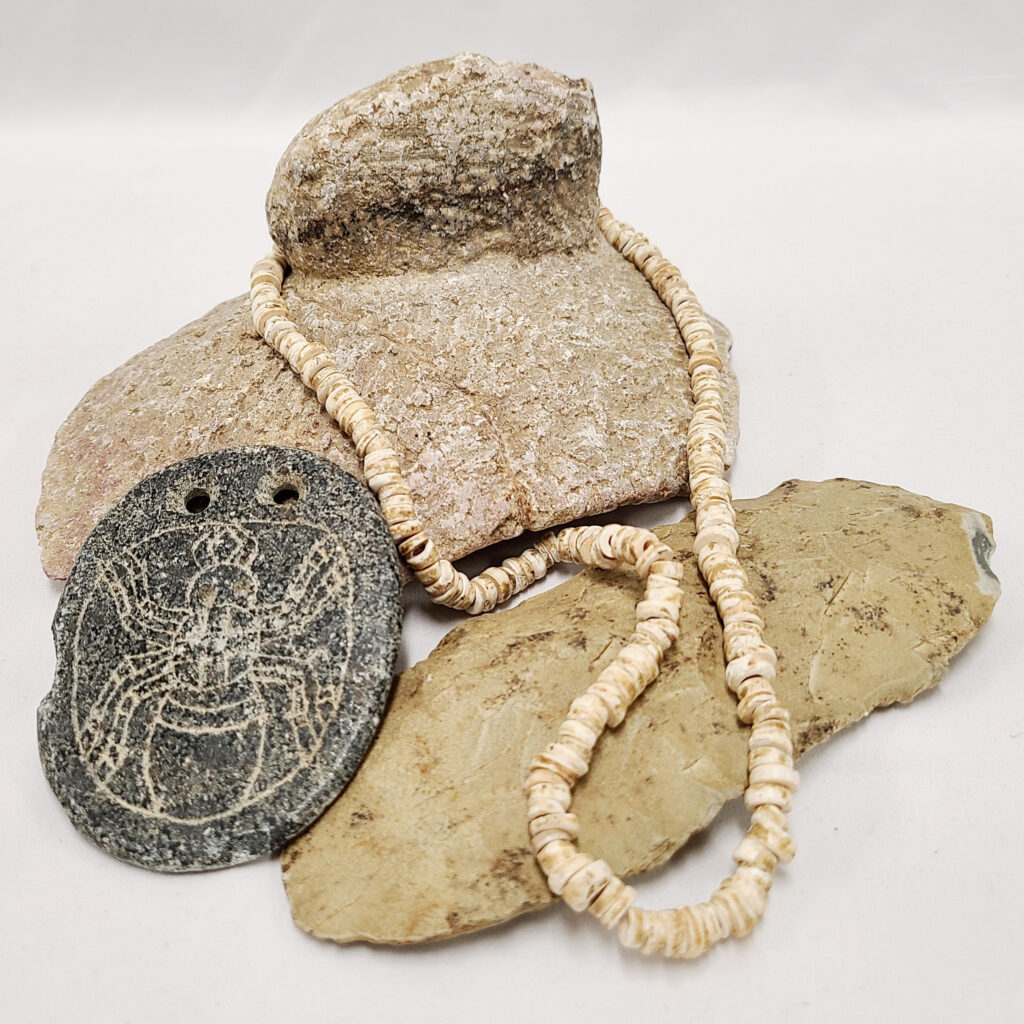
The Piedmont region of North Carolina was home to several Indigenous groups. Artifacts, images, and hands-on activities will introduce students to the daily lives of the Native peoples who lived in our local area. Program concludes with a discussion of modern Indigenous peoples in North Carolina.
Time required: 1.5 hours
Standards: 3.B.1.1, 3.B.1.2, 3.G.1.2, 3.H.1.1, 3.H.1.2, 3.H.1.3
Fourth Grade
Indigenous Peoples of North Carolina & Explorers (Unit 1 & 2)
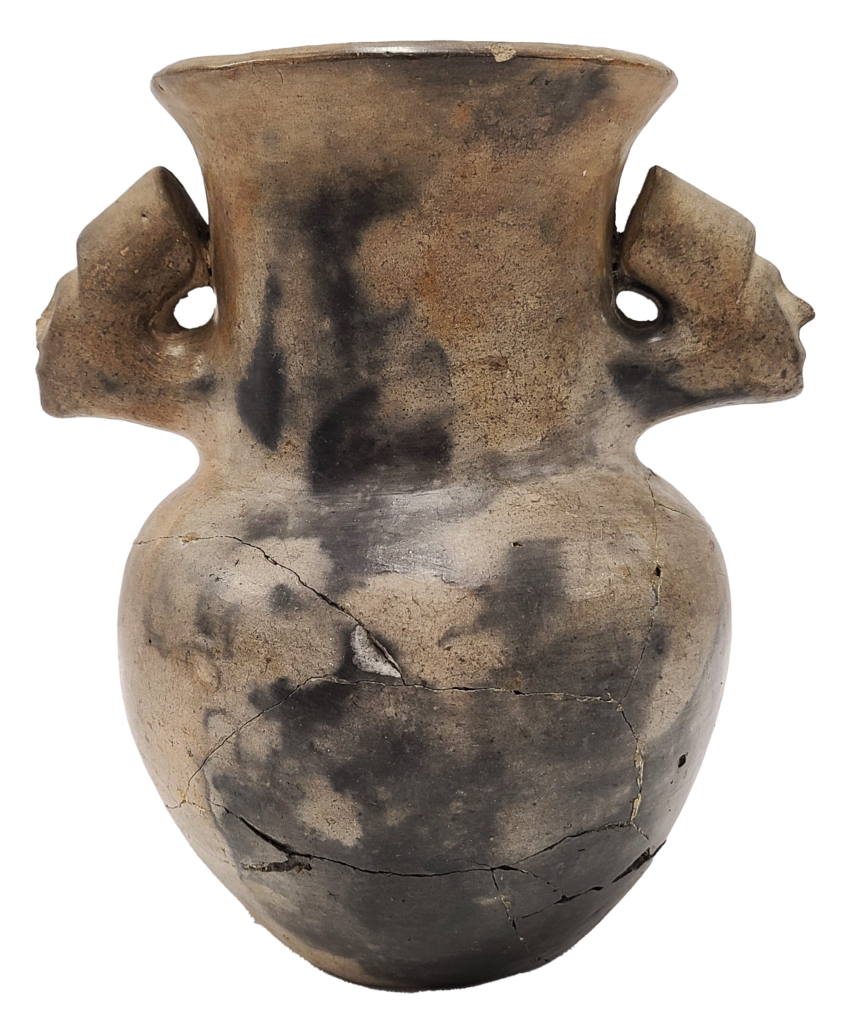
For more than 12,000 years, Indigenous peoples have inhabited North Carolina. Through authentic and replicated artifacts students will learn how indigenous life evolved over the years from the Paleo-Indian period to their first contact with European explorers. Program concludes with a discussion of modern Indigenous peoples in North Carolina.
Time required: 1.5 hours
Standards: 4.B.1.1, 4.B.1.2, 4.E.1.2, 4.E.1.3, 4.G.1, 4.G.1.1, 4.G.1.3, 4.H.1.2, 4.H.1.5, 4.H.1.6
Fifth Grade
Indigenous Peoples & North American Regions (Unit 1 & 2)
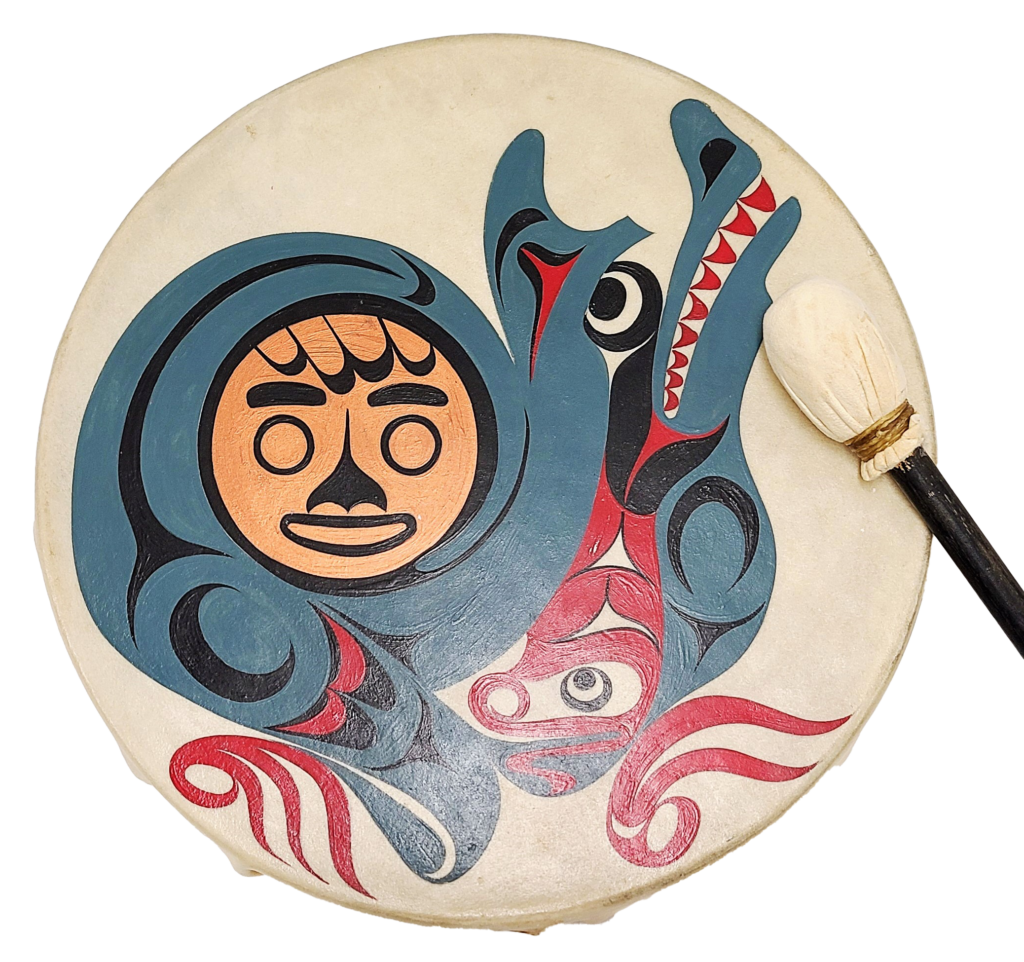
Before North America was explored by Europeans, millions of Indigenous and First Nations peoples lived here. Images, hands-on activities, and artifacts will introduce students to how different environmental regions influenced the diverse languages, beliefs, foods, traditions, and cultures of these peoples. Discussion of modern Indigenous and First Nations peoples in the different regions is a part of this program.
Time required: 1.5 hours
Standards: 5.B.1.1, 5.B.1.2, 5.G.1.1, 5.G.1.2, 5.G.1.4, 5.H.1.4, 5.H.1.5
All Grades
Holidays
People around the world mark celebrations in many different ways. Depending on grade level these programs will include a story and/or art component.
Standards: K.B.1.1,1.B.1.1, 2.B.1.1, 3.B.1.2, 4.B.1.1, 4.B.1.2, 5.B.1.1, 5.B.1.2
Choose one of the following. Other holidays available upon request.
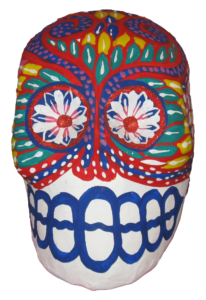
Día de los Muertos/Day of the Dead
It’s not Mexican Halloween. Celebrating the dead is a tradition with a long history in parts of Mexico and Central America. Using images, hands-on artifacts, activities, and discussion, students will learn about the true meaning of Day of the Dead. This program can be enhanced by a visit to the Lam Museum’s annual exhibit, Life After Death: Celebrating Day of the Dead, on display each fall.
Time required: 45 min. to 1.5 hours
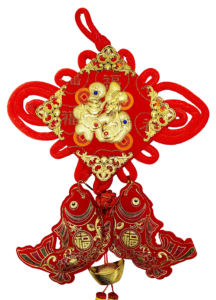
Chūnjié/Chinese New Year
The most important holiday in China is New Year, known as Lunar New Year or Spring Festival. Through discussion, images, hands-on artifacts, and activities, students will discover how people decorate, what they eat, and why Lunar New Year is celebrated at different times each year.
Time required: 1 to 1.5 hours
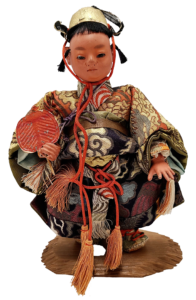
Kodomo No Hi/Japanese Children’s Day
Japanese Children’s Day is a special holiday just for children. Using images, hands-on artifacts, activities, and discussion, students will be introduced to the purpose, foods, kites, and dolls used on this day to celebrate children.
Time required: 1 to 1.5 hours
Diversity & America
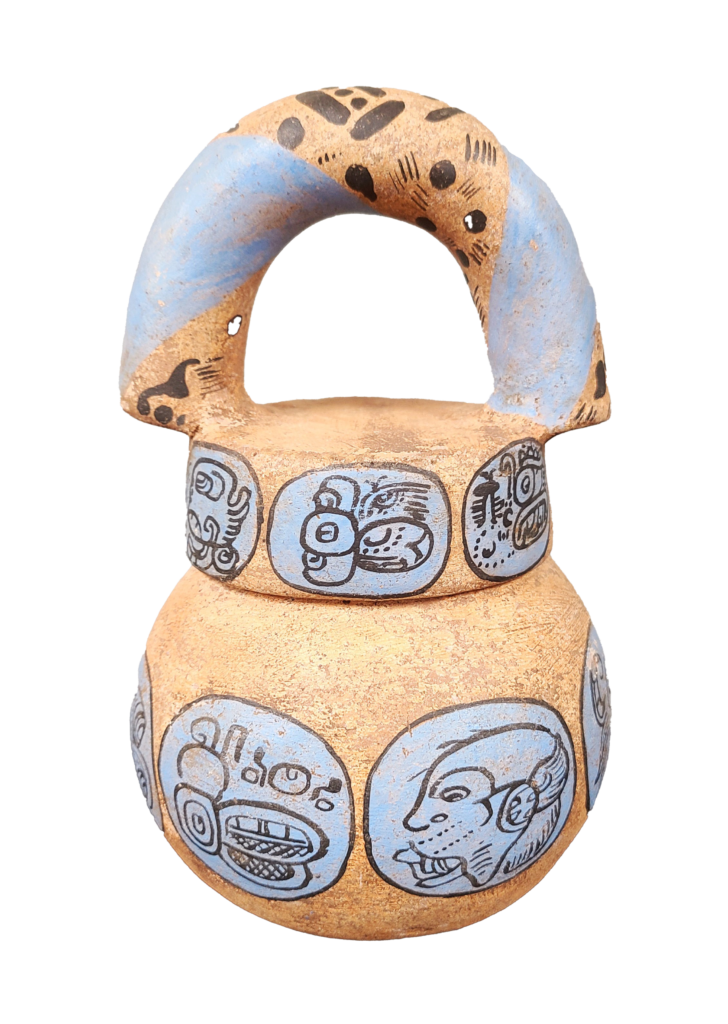
What is American culture? Using images, activities, and hands-on artifacts students discover how the influence and immigration of Indigenous Peoples, Europeans, Africans, Asians, Pacific Islanders, and other cultures contributed to the food, languages, and innovations that help define American culture. Time required: 1.5 hours
Standards: K.B.1.1, K.E.1.1, K.E.1.2, K.G.1.1, K.G.2.1, 1.B.1.1, 1.B.1.2, 1.E.1.1, 1.E.1.3, 1.E.1.4, 1.G.1.1, 1.H.1.2, 2.B.1.1, 2.B.1.2, 2.E.1.1, 2.E.1.2, 2.H.1.1, 3.B.1.1, 3.B.1.2, 3.E.1.1, 3.E.1.2, 3.G.1.2, 3.G.1.3, 3.H.1.1, 4.B.1.1, 4.B.1.2, 4.G.1, 5.B.1.1, 5.B.1.2, 5.G.1.1, 5.H.1.6
World Diversity
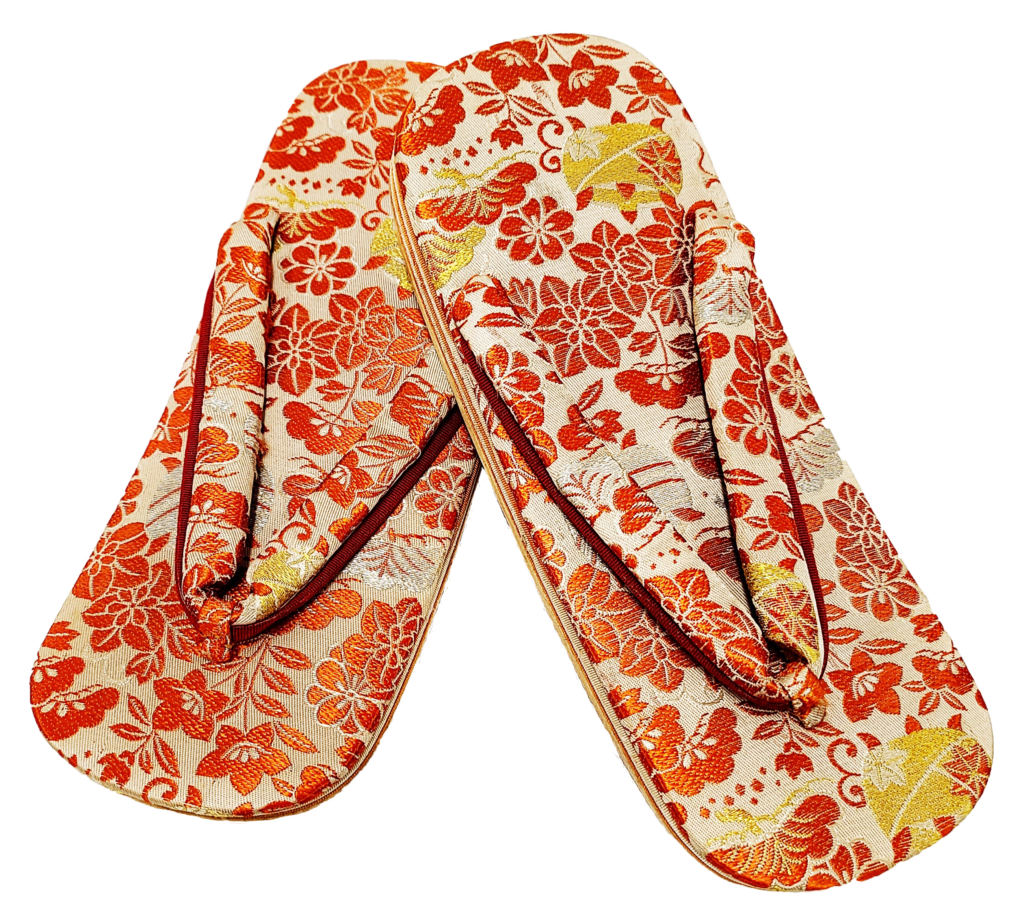
The world is a diverse and multicultural place. Students will be introduced to various types of houses, clothing, foods, religions, and celebrations from around the world by looking at a selection of images, hands-on artifacts, and participating in activities.
Time required: 1.5 hours
Standards: K.B.1.1, K.E.1.1, K.E.1.2, K.G.1.1, K.G.2.1, 1.B.1.1, 1.B.1.2, 1.E.1.1, 1.E.1.3, 1.E.1.4, 1.G.1.1, 1.H.1.2, 2.B.1.1, 2.B.1.2, 2.E.1.1, 2.E.1.2, 2.H.1.1, 3.B.1.1, 3.B.1.2, 3.E.1.1, 3.E.1.2, 3.G.1.2, 3.G.1.3, 3.H.1.1, 4.B.1.1, 4.B.1.2, 4.G.1, 5.B.1.1, 5.B.1.2, 5.G.1.1, 5.H.1.6
World Religions
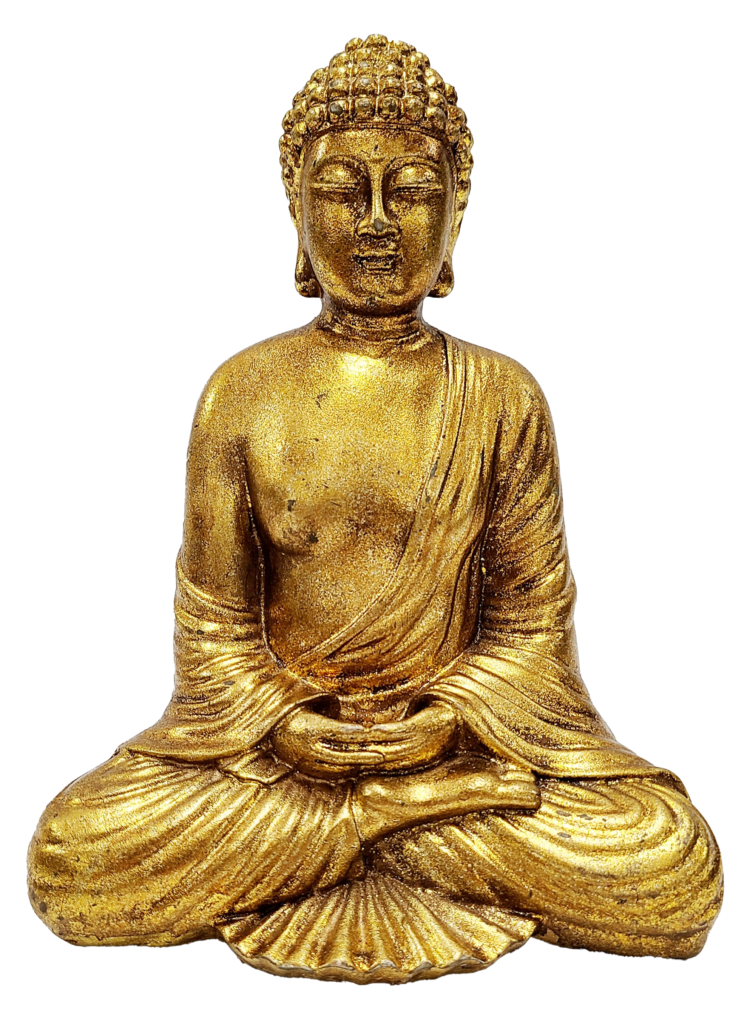
The diversity of religious faiths, traditions, and rituals of people around the world is a main component of what defines cultures and civilizations. Through discussion, activities, images, and hands-on artifacts, students will explore the beliefs, practices, and spread of some of the world’s major and lesser-known religions. This program is designed as an introduction to Christianity, Islam, Judaism, Buddhism, and Hinduism, but a more in-depth program can be requested on individual religions as detailed below.
Time required: 1.5 hours
Standards: 1.B.1.1, 2.B.1.1, 2.B.1.2, 3.B.1.2, 4.B.1.1, 4.B.1.2, 5.B.1.1, 5.B.1.2
- Buddhism Through images, hands-on artifacts, video clips, and activities students will discover who Buddha was, what different images of him mean, and the teachings of Buddhism.
- Christianity Students will learn about the rise, spread, and diversity of Christianity through discussion, images, hands-on artifacts, and activities.
- Hinduism Discussion, images, hands-on artifacts, and activities will introduce students to the history, practices, denominations, and the pantheon of gods and goddesses of Hinduism.
- Islam Using images, hands-on artifacts, video clips, and activities students will learn about the importance of historical figures in Islam such as Mansa Musa, the various sects, and the Five Pillars of Islam.
- Judaism Through discussion, images, hands-on artifacts, and activities students will learn about the many sects, clothing, and teachings of Judaism and discover the difference between being of Jewish ancestry and practicing the Jewish religion.
The Maya
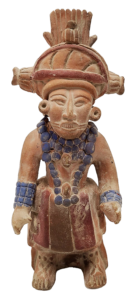
After thousands of years, the powerful Maya civilization was conquered by the Spanish, but not destroyed. Students will learn about the Maya culture that flourished from 2000 BCE until 1520 CE and continues today. Using images, activities, and hands-on artifacts students discover how many traditions still survive.
Time required: 1.5 hours
Working in a Museum
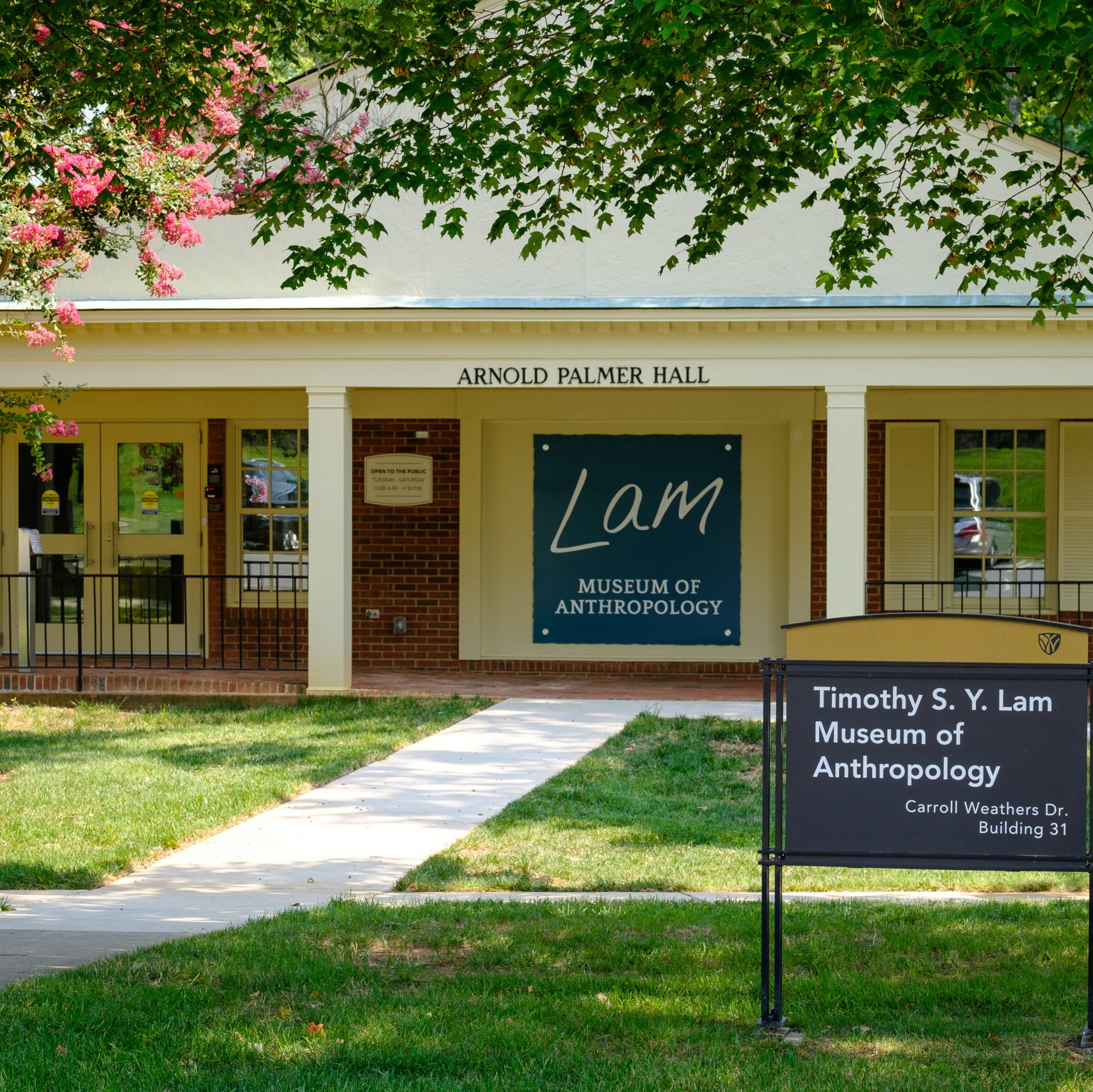
Ever wonder what employees at a museum do? Through discussions with the Lam Museum of Anthropology staff, students will discover the different types of jobs involved in running a museum. This program is only offered in the museum and includes a tour of the classroom, galleries, and collection spaces of the museum. Collections spaces are only available to fourth grade and above.
Time required: 1 to 1.5 hours depending on group size
This program is not available as outreach.
